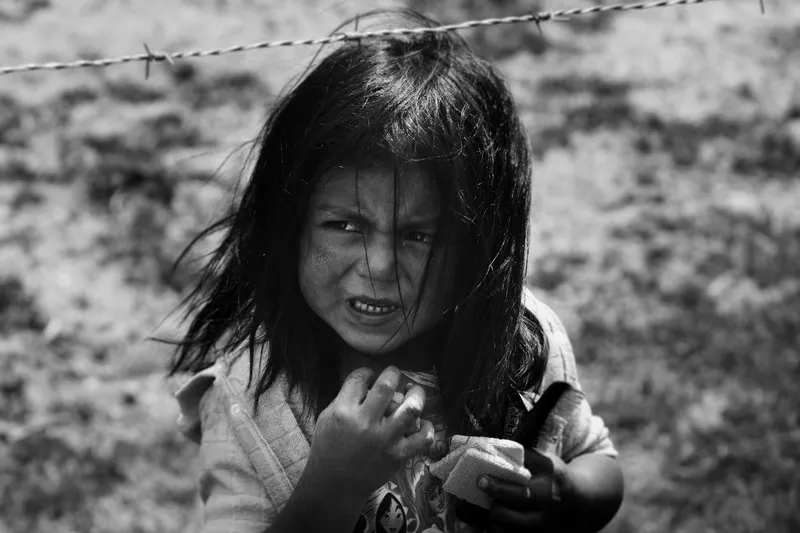Table of Contents
- Historical Development of the Welfare State
- Feminist Critiques of the Welfare State
- The Impact of the Welfare State on Women’s Lives
- Feminist Proposals for Transforming the Welfare State
- Conclusion
The welfare state is a fundamental aspect of modern governance, playing a crucial role in the redistribution of resources, the provision of social services, and the maintenance of social order. Feminist scholars have critically examined the welfare state through various lenses, highlighting how it reinforces gender inequalities and affects women differently compared to men. This article explores the feminist critique of the welfare state, examining its historical development, the impact on women’s lives, and the feminist proposals for transforming it to achieve gender justice.
Historical Development of the Welfare State
The welfare state emerged in response to the social and economic upheavals brought about by industrialization, urbanization, and the expansion of capitalist economies. Early welfare policies, such as social insurance programs, public health measures, and education reforms, aimed to mitigate the adverse effects of industrial capitalism on workers and their families. However, these policies were often based on a male breadwinner model, which assumed a gendered division of labor where men were the primary earners and women were primarily responsible for unpaid domestic work.
The expansion of the welfare state in the mid-20th century, particularly in Western democracies, was characterized by the introduction of more comprehensive social security systems, healthcare provision, and social services. Despite these advances, feminist scholars argue that welfare policies continued to perpetuate traditional gender roles. For instance, many social benefits were tied to formal employment, disadvantaging women who were more likely to be engaged in unpaid care work or part-time employment. Additionally, welfare programs often reinforced the notion of women as dependents, either on their husbands or the state, rather than recognizing them as autonomous individuals.
Feminist Critiques of the Welfare State
Gendered Assumptions and Policies
Feminist critiques of the welfare state emphasize that it is built on gendered assumptions that shape its policies and outcomes. One significant critique is that welfare policies are designed based on the experiences and needs of men, marginalizing women and their unique circumstances. For example, unemployment benefits and pensions are often calculated based on continuous full-time employment, which does not reflect the fragmented and part-time work patterns of many women.
Furthermore, welfare policies frequently fail to address the unpaid care work predominantly performed by women. This work, which includes childcare, eldercare, and household maintenance, is essential for the functioning of society but is often invisible in economic calculations and policy design. Feminists argue that the welfare state should recognize and value unpaid care work, providing support and compensation for those who perform it.
Intersectionality and the Welfare State
An intersectional feminist perspective highlights how the welfare state affects women differently based on their race, class, ethnicity, and other social identities. Women from marginalized communities often face compounded disadvantages in accessing welfare benefits and services. For example, women of color, immigrant women, and low-income women may encounter systemic barriers such as discrimination, language barriers, and lack of information, which hinder their ability to benefit fully from welfare programs.
Intersectional feminists advocate for policies that address these intersecting inequalities and ensure that welfare state provisions are accessible and equitable for all women. This involves not only removing barriers to access but also designing policies that are responsive to the diverse needs and experiences of different groups of women.
The Impact of the Welfare State on Women’s Lives
Get the full article AD FREE. Join now for full access to all premium articles.
View Plans & Subscribe Already a member? Log in.





